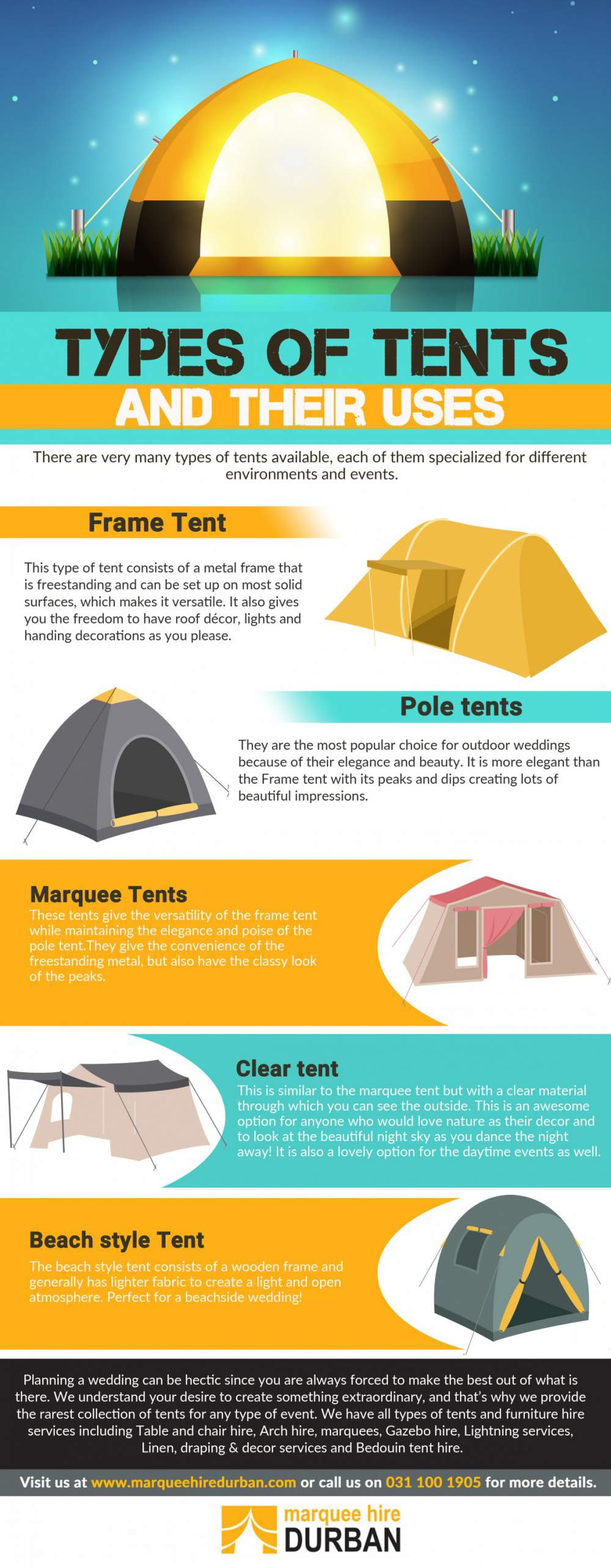While both deal toughness in different atmospheres, it's important to figure out which sort of insulation will ideal offer your requirements. The insulation you select impacts heat, weight, water resistance, compressibility and rate.
Down is collected from waterfowl, typically ducks or geese. It is treasured for its lightness, easy compression and shielding residential properties. Nevertheless, down becomes less efficient when damp.
Warmth-to-Weight
A high warmth-to-weight ratio is desired in outdoor garments and equipment. The shielding buildings of down feathers make them a wonderful alternative for this function, as they are incredibly warm and lightweight.
However, down loses its shielding abilities when it gets wet, meaning it requires to be coupled with a water-proof shell. Additionally, some individuals dislike down, making synthetic jackets a far better alternative for them.
Synthetic insulations are typically made from recycled polyester and designed to imitate down's protecting properties. They are not as lightweight as down, yet they do not lose their insulating abilities when they splash and dry faster than down. They are additionally more budget friendly than down. However, their lifespan is much shorter than down, leading to greater maintenance and replacement prices.
Water Resistance
The insulation you pick for your work jacket will certainly make a large difference in how comfortable you feel outdoors. Nonetheless, the sort of insulation you select also has considerable effects for your sustainability objectives.
Down is an excellent insulator for a number of reasons. It's lightweight, compressible, and uses an excellent warmth-to-weight proportion. However, it doesn't fare well when it gets wet. Down globs up and sheds its loft space when damp, which can significantly decrease its capability to trap heat.
Artificial insulation products, such as Thinsulate and Primaloft, hold up much better versus damp problems. They typically have a limited weave or chemical covering that maintains water from penetrating the material. This permits the insulation to stay breathable, even if damp. It's worth noting that synthetics can additionally be unpleasant when damp, but they maintain their insulating residential properties.
Compressibility
While goose down does have an exceptional warmth-to-weight proportion, artificial insulation carries out in a similar way. However, unlike down which takes in outdoor camping and sheds its protecting capabilities when damp, synthetic insulation does not. Therefore, it can keep its loft and catch warm air in wet problems.
Usually manufactured from polyester sheets or collections that resemble down, the most typical artificial insulation brand names consist of PrimaLoft, FullRange, Thermoball and Patagonia's PlumaFill. While it still can't match down's loftiness and warmth-to-weight, synthetic coats are light-weight, quick to dry and more economical than down. This makes artificial jackets best for damp environments, or if you're prone to sweating heavily. Artificial jackets are additionally less delicate than down and can lose. This durability encompasses their face materials which are generally thicker and more resilient than down.
Toughness
A significant factor to consider in sustainability is a material's durability and sturdiness. Natural materials like cork, ThermaCork increased cork and Havelock wool last longer than synthetic alternatives like fiberglass and plastic. They also need much less upkeep and can hold up against severe ecological conditions.
Nevertheless, natural insulation doesn't execute too when wet as artificial choices. Woollen and fleece clump with each other when wet, compromising their capacity to catch warmth. Synthetic insulation, on the other hand, does not absorb wetness and continues to shield also when soaked.
This makes synthetic insulation ideal for damp environments and strenuous activities where you might sweat heavily. It's likewise much easier to clean and dries out faster than down. This included resilience and dependability make artificial insulation a total winner in this group. This equates to resilient shielded job boots that last lengthy and keep you warm up with demanding atmospheres.
Sustainability
Natural materials supply biodegradability and a smaller sized environmental footprint, while synthetic choices brag sturdiness and ingenious applications that support energy efficiency. However, it is necessary to recognize real ecological effect of these insulation products from cradle-to-grave.
For instance, if a natural insulation material needs to take a trip a far away from its resource to the building site, transportation-related discharges increase its total carbon footprint. Choosing locally sourced and recycled products decreases that impact. And, opting for GREENGUARD and Cradle to Cradle qualifications makes certain that insulation is devoid of unpredictable natural substances (VOCs) and supports responsible sourcing and labor problems.
Lamb's wool and cork are renewable insulation resources that are harvested without damaging the tree or plant. Both have actually the added benefit of being normally immune to mold, pests and dampness.
